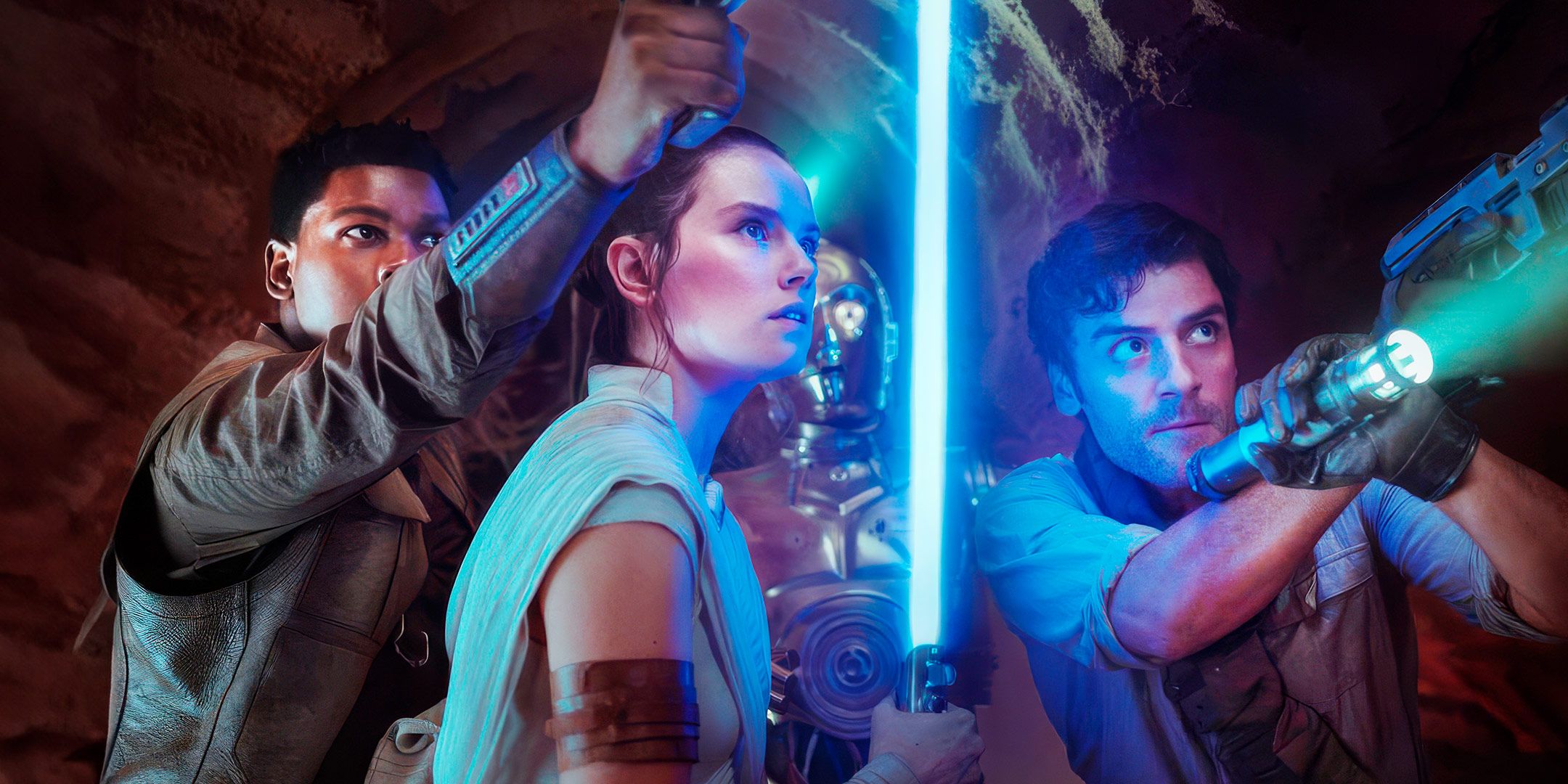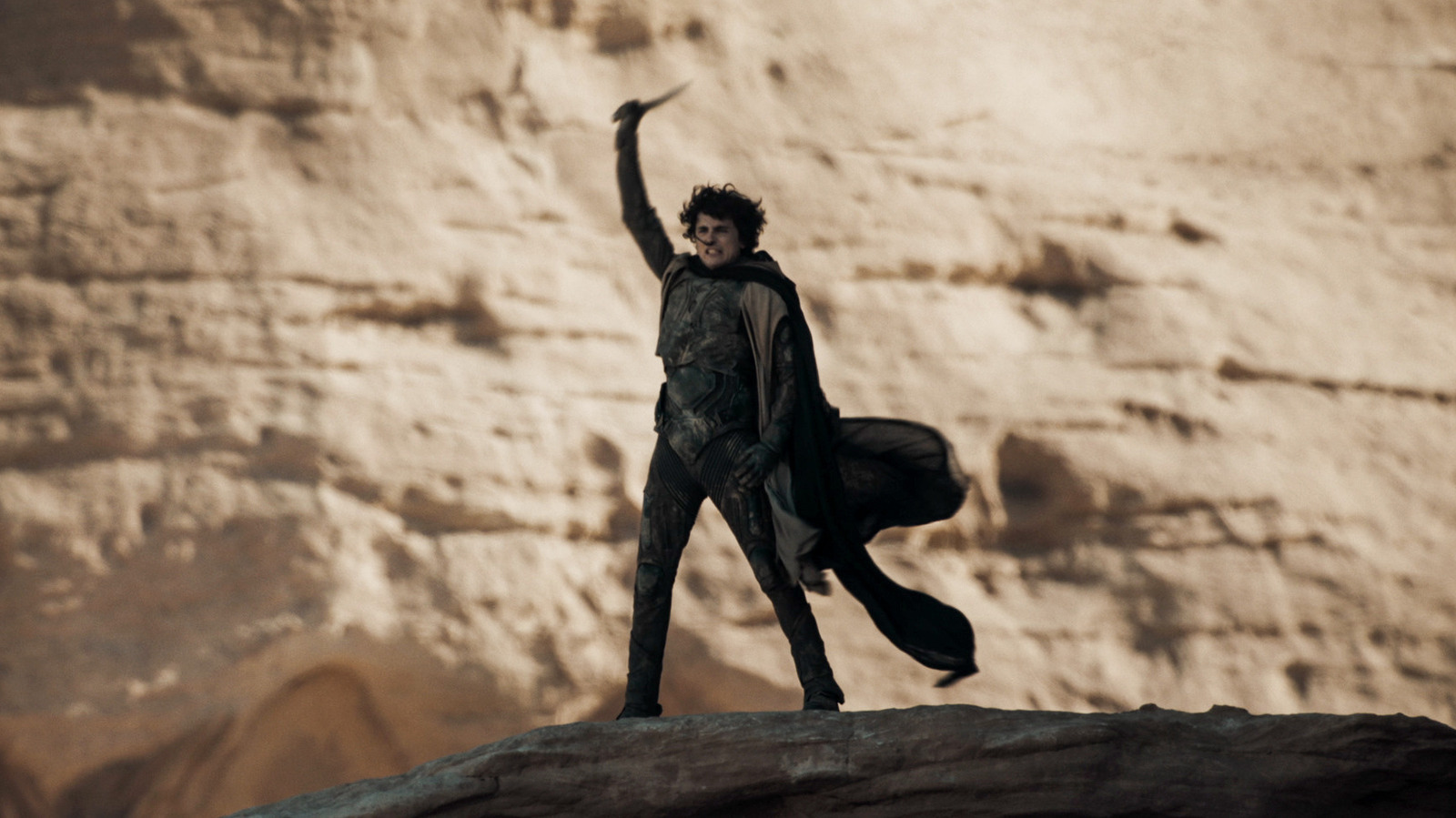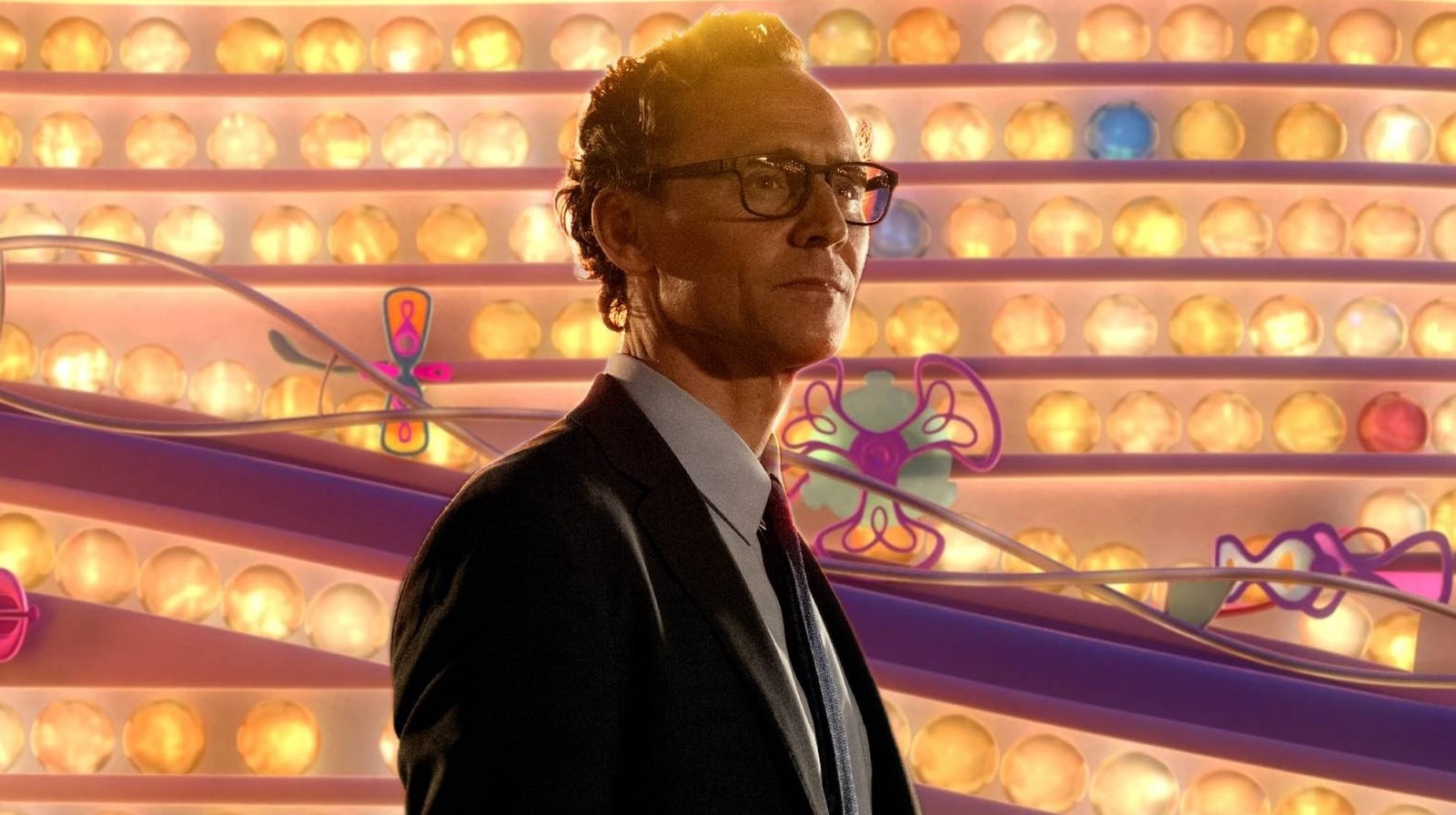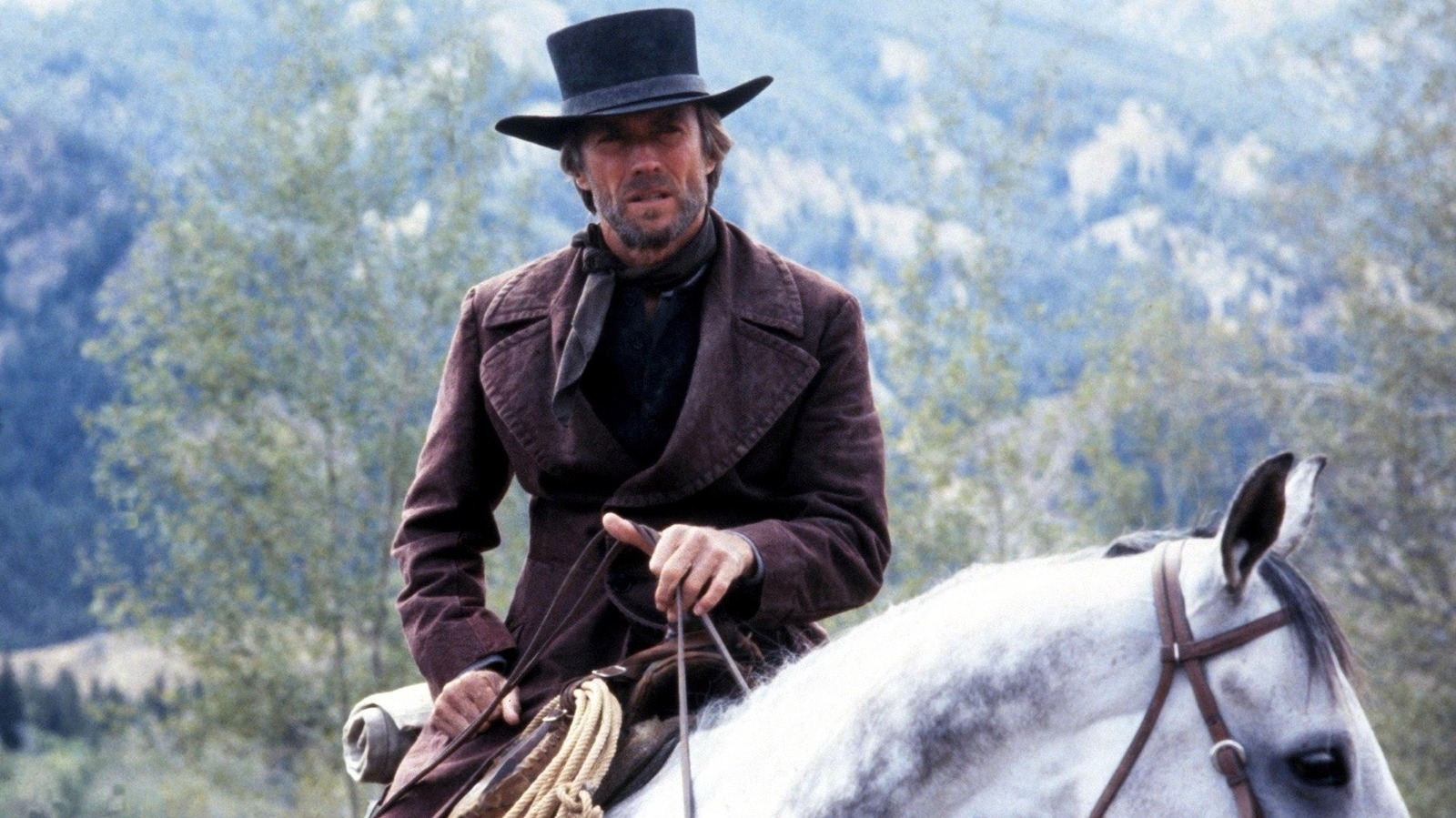Lil Wayne 'Tha Carter VI' Tour Review: A Journey Through Time
The legendary MC took the stage in front of a sold-out crowd at the iconic venue for a rousing journey through his extensive catalog
In 1994, my parents finally went to see The Rolling Stones. The group released Voodoo Lounge, their twentieth album, in July that year, and immediately began touring it. In August, they came to East Rutherford, New Jersey, to play at a football stadium, and my mom and dad decided it was the right time to check a major show off their bucket list. The moment represented an inflection point for the group. It was the first album the Stones had released in five years and was met with a degree of skepticism. They were firmly in middle age, three decades into their career, and had seemingly come to the realization many sixties era Boomer artists were waking up to: Their largely middle class, middlebrow audience had grown up along with them, and were liquid enough financially to pay exorbitant prices for shitty seats to see the band that had eluded them for so long, even if there was rampant speculation the group was washed, and on the downside of their primes.
The Stones were on my mind last night at Lil Wayne’s Madison Square Garden concert, because it’s been 28 years since the Hot Boys released their debut album, Get It How U Live It! on an independent New Orleans based rap label that called itself Cash Money Records, nearly the same span of time between the Rolling Stones’ debut in 1964, and the Voodoo Lounge Tour.
Wayne’s show last night, and the venue itself, was a hard booking to figure out, and made complete sense. Wayne has circled New York, a city with a sacred and tortured place in his heart, the entirety of his career. It’s where he found his muses in Jay-Z and the Diplomats in the 2000s, as well as where he served an eight-month prison sentence at the peak of his fame and his artistic powers, in Rikers Island over a possession of a loaded weapon charge in 2007. And yet, here he was holding a glorified album release party in the world’s most famous arena, ostensibly the first leg of a North American Carter VI tour that opens here the first week in June, but won’t resume until the very end of July.
The album we had all gathered to celebrate, two hours past the advertised start time for the show, is quite simply a fucking disaster. Tha Carter VI is the work of an artist who either doesn’t have a creative team around him capable of pushing back on his worst and most indulgent impulses, or one unwilling to listen to dissenting voices. And in lieu of that lack of editorial process, its author has clearly misplaced, if not permanently lost, his once unimpeachable grip on his true north. Since Carter VI was released on Friday at midnight, my timeline’s been ablaze with fans, former fans, and haters chiming in on what exactly had gone so terribly wrong.

And yet the electrified Garden crowd was stuffed to the bleeds by the time Wayne hit the stage just after 10, strutting to the stage with a white electric rockstar axe, sporting blonde dreads, pink sweats tucked into heeled knee high boots, an oversized heavyweight Britney Spears T-shirt with her name in neon pink script, a chunky scarf, a bejeweled grill, white framed sunglasses—which would be subsequently swapped out for glasses so big each lens threatened to blot out Wayne’s face—and a frozen wrist and neck, rocking doubled iced out crucifix chains and an iced out crucifix pinky ring to go with an iced out wallet chain and a slowly burning late-90s-sized blunt hanging out of a corner of his mouth.
There was a minimal stage show behind him: A steeply pitched platform behind the rapper with the Roman Numerals “I” and “V’ glowing, garden variety pyrotechnics and smoke cannons, a live drummer and a DJ, but the real special effect was the music. The polished old pro bent time and space, keeping the unfortunate new work to a minimum and running through his hits, reliving, nearly chronologically, the thrill of experiencing his catalog all over again at a speed run.
The show is special, as it is for any artist with the generational staying power of Wayne, or say, the Stones, because it can represent entire eras in music, in life, in the career of the artist, a chameleonic constant shifting that is a necessity when you’ve been around for decades. It’s why the live experience in this age of streaming is so vital for younger fans trying to navigate this massive back catalog.
A pop animal like Wayne must be experienced outside. Pay attention to the ironclad, near chronological setlist built through generations of trial and error response on the road, and watch how tens of thousands of people who were there for each step of Wayne’s career reacts to it. To experience the power of these highlights in the room, with a crowd. He has a roster of endless hits—some that touched the Billboard charts and some that never did because the samples can’t be cleared and they’re still not streaming but were ubiquitous in the aughts nevertheless—from decades of classic, iconic album and mixtape work, which matters when you’re trying to understand the impact of an artist of this magnitude.
It’s a reminder that Lil Wayne is one of the most unique and context-rich rappers of the modern era, thanks to his inventive and influential approach. No GOAT-level rapper less resembles the artist he was when he began, compared to the artist he became, than Wayne does.

Like LL Cool J (Who made a brief but memorable cameo on the Garden stage), he was a survivor who never stopped evolving. Whose appeal to his longtime followers was in charting his evolution: From yapping adolescent with the good fortune of being in proximity to one of hip hop’s great groups, powered by one of its greatest beat architects, to a young solo rapper experimenting with his style on his underground mixtapes while at the same time aping the influences he wore on his sleeve on his safe and pat major label releases, be it an imitation of Jeezy and T.I.’s early aughts southern crack rap, or Jay-Z’s traditional, rockist east coast LPs, to finally combining all those years of experimentation, and metabolizing those influences and producing a sound and a style that was entirely personal and unique, that at last blended his strange instinctive mixtape shit and pragmatic one-for-them proper album releases to produce a run that changed rap to such a degree it has clearly become difficult to look back and understand how subversive and groundbreaking it was at the time.
Old Wayne fans such as myself are a funny breed. We’re washed people who haven’t quite accepted we’re washed, in overlaundered Polos with fucked up collars, wearing sunglasses inside in the dark at night and extremely expensive fendi buckets that look stupid as hell. But the music at MSG made us all children again. And this is why you can more or less skip Tha Carter VI, but can’t afford to miss Wayne live this summer if you have the opportunity to go see him. His show recreates the joy of his journey, the sense of wonder, the three-decade progression in style and substance that made Wayne one of the greatest rappers of the modern era.
On the 30-year anniversary of the Voodoo Lounge Tour, my parents went back to the Meadowlands to see The Rolling Stones again last year, with a pair of tickets that were still wildly expensive and in demand, this time at a football stadium named after an insurance company rather than a football team. The hand-wringing over Voodoo Lounge and the Voodoo Lounge Tour was both warranted and empty, depending on your perspective and what matters to you as a fan. The album was characterized as a bloated, 15-track, one-hour-long product of the insufferable “CD era”, a glorified excuse to tour that has largely been forgotten, and you could argue that, in terms of new music, it was the official death knell of the Rolling Stones’ relevance. It also was the richest tour ever to that point, a record the Stones themselves would break multiple times in the ensuing years, the birth of the band as conveyors of “adult contemporary” bullshit, a nostalgia factory/national mint, that thanks to their longevity made them one of the first groups to capitalize on their boomer fanbase aging into elder feeling-chasers and exploring the limits of what you could charge for a concert ticket, ushering us into this current, deeply fucked era of crazed fans willing to go into significant debt to see Taylor or Beyoncé.
Mick and Keith are in their 80s; they are multi-millionaires and have spent the last three decades releasing music occasionally, strictly for their hardcore fan base, but largely living off the incredible creative output of their first three decades. I thought about that as Wayne poignantly ended his show with “A Milli”, one of the strangest Grammy-winning, Billboard Top 10 hits in rap history.
I sat next to a middle aged mother and her teenage son freaking out to Wayne and particularly “A Milli” in the Garden last night, and considered these institutions in pop, the generations of fans who grew up on the Stones’ music and Wayne’s music, who exposed their kids and grandkids to that incredible initial run and come together whenever these acts go back on the road to appreciate one of the great catalogs in the American songbook again and celebrate their shared love for it. To run back the hits, and remember the glory days, when our favorite artists were young, and so were we.













